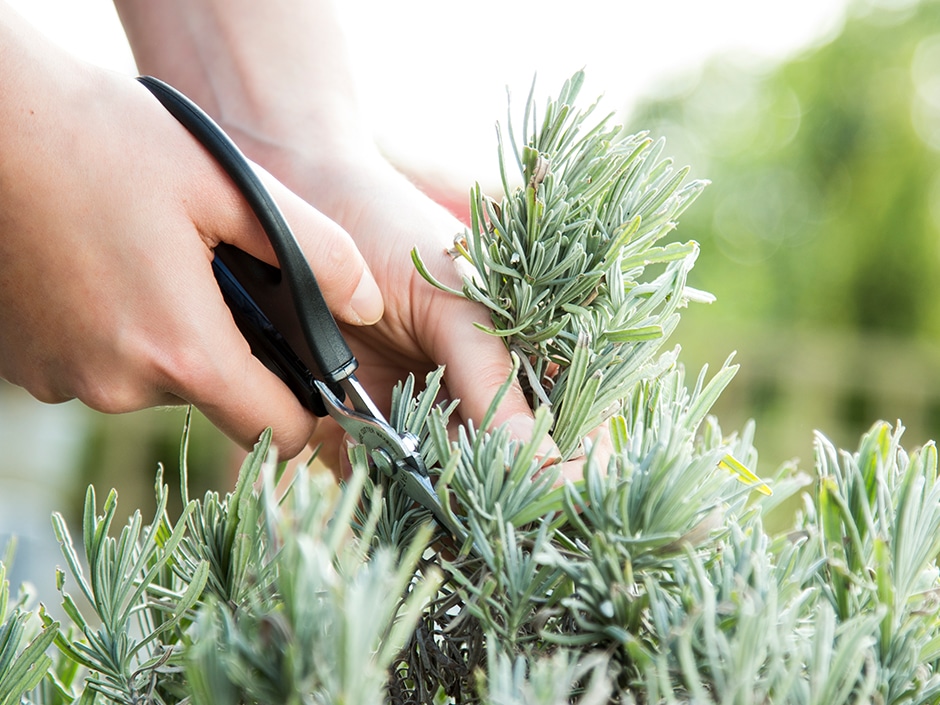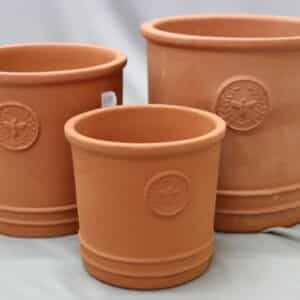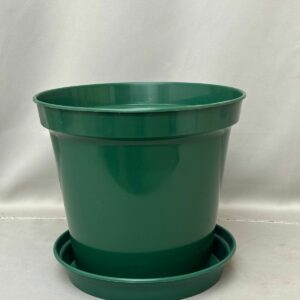Prune your plants during winter
DIY and how-to

How to prune your plants during winter
Many plants benefit from a general pruning during the colder months. Because dense growth makes it very difficult for light and water – both essential for healthy growth – to penetrate all parts of a plant, a good tidy up will allow for better air circulation and let light and water in, making it a necessary drought-readying activity in autumn. Why should you prune?
There are a number of benefits for your plants:
- Clearing dense growth creates better air circulation, which means fewer cases of fungal diseases and insect pests.
- Tidying up allows more light and water to penetrate the plant.
- Old trees and shrubs tend to develop very long, spindly branches. Pruning these forces the plant to sprout new, stronger branches or shoots.
- Getting rid of diseased and dead branches encourages healthier plant growth.
- Pruning keeps your garden neat and prevents the obstruction of pleasant views.
Before you begin, make sure your secateurs are clean and sharp, and grease all the moving parts well. It’s a good idea to invest in a pair of elbow-length gloves if you’ll be pruning very thorny or spiky shrubs. What should be pruned in autumn and winter?
- Summer- and autumn-flowering shrubs like pride of India, plumbago, ribbon bush, barleria, hydrangea, lavender and wild dagga
- Climbers like golden shower tree, canary creeper, clematis and wisteria
- Deciduous fruit trees like apples, peaches, pears, plums and quince trees.
- Conifers – a gentle pruning will keep their shape regular
You might also like
Shop online
-
BELLY CYLINDER POT
- R299.99 – R699.99
- Select options This product has multiple variants. The options may be chosen on the product page Learn More
-
PLASTIC SAUCER GREEN 7.5CM – 35CM
- R3.99 – R54.99
- Select options This product has multiple variants. The options may be chosen on the product page Learn More
-
- Sale!
DIANTHUS/CARNATION SEEDLING 6 PK
- Original price was: R39.99.R29.99Current price is: R29.99.
- Add to cart Learn More




